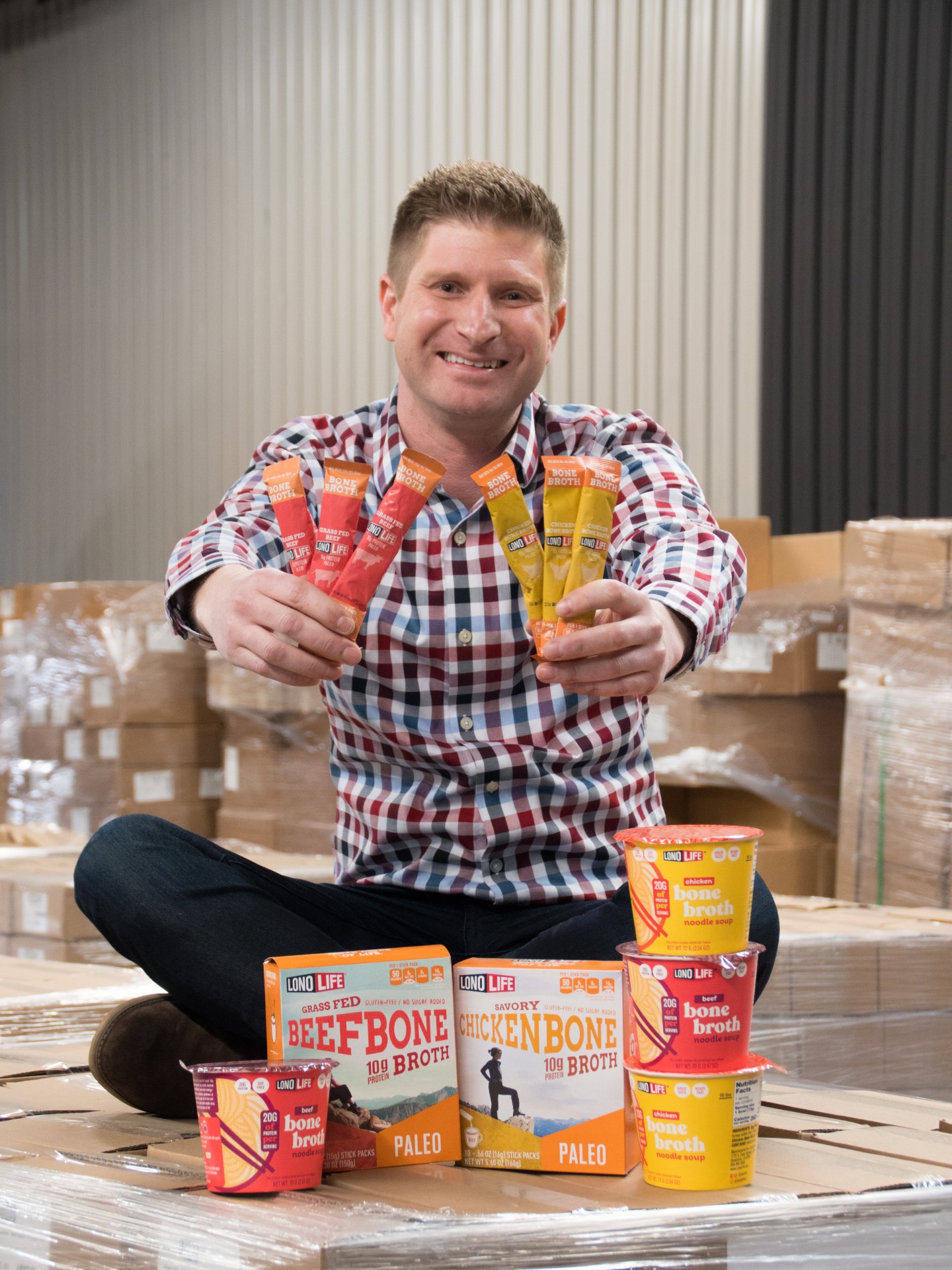LonoLife is putting bone broth into K-cups, and now the company is calling Columbus home

LonoLife was a business born out of necessity.
When Co-founder Paul Taparauskas’ wife was battling leukemia, he wanted to design a product that helped her get nutrients in a quick and easy way. His solution? Bone broth.
When Taparauskas approached a group of food entrepreneurs with his concept, they took it one step further, fusing the nutrient-rich product with the ease of single-serving cups such as those used in a Keurig machine.
The combo was a hit. Within the first six months, LonoLife’s single-use cups were in about 2,000 grocery stores across the country. Now, customers could access all the benefits of bone broth without the hassle associated with its preparation.
BROUGHT TO YOU BY
“We tried to take that difficulty out of the equation for our customers,” said Brian Hoppe, LonoLife president and co-founder.
LonoLife launched in January 2016 and since that time has diversified into a variety of other products in addition to its flagship bone broth, including collagen, coffee, and noodle cups.
And now, the company has set up shop in Columbus.
At the beginning of February, the business moved from San Diego, California to central Ohio, Hoppe said. While several qfounding members, including Hoppe, had called Columbus home, the move made sense for more than just nostalgic reasons.
The cost of living was better than out West, for starters, and the location made it easier to access the rest of the country from a logistics standpoint.
“We just could not find a better city to continue building this company than Columbus,” Hoppe said.
To understand the appeal of having bone broth in single-serving packages, it helps to know just how labor intensive it is to create the broth from scratch. The nutrient-dense broth is typically served in liquid form, and it’s difficult to make, Hoppe said. Traditionally, you make the broth with bones from chicken, beef, or another meat source. You add spices and vegetables like you would when preparing a chicken stock or soup.
But instead of making that soup for two or three hours, you boil bone broth for about 30 hours, Hoppe said. The long cook time is necessary to boil the bones, which allows access to collagens, amino acids, and other nutrients.
“Once you begin drinking it, it’s only good for about two or three days,” he said. “If you don’t drink it, you’re going to end up throwing it away.”
LonoLife’s version of bone broth starts out in the same manner. Except after the broth is boiled, it’s dehydrated into a dense, powdered form that’s both shelf-stable and portable. To eat, simply pour hot water over the contents of a single-serve cup.
For Hoppe, LonoLife’s growth had a lot to do with timing. When the product was launched in January of 2016, bone broth was a relatively niche item, he said.
The rising popularity of the Paleo Diet (the high-protein, low-carb, meat-based diet) put bone broth on the map, though. LonoLife was able to be one of the first bone broth companies to exist on a national platform, Hoppe said.
After the Paleo Diet’s popularity waned, bone broth experienced another surge in popularity thanks to the Keto Diet, which centers on high fats, moderate protein intake, and low carbs. For LonoLife, the new diet was an opportunity to roll out a new high-fat, Keto broth variety.
“We’ve just been riding these trends of diet as we continue,” Hoppe said.
LonoLife’s bone broth products have grown to include an array of flavors. Customers can find the traditional beef, chicken, and vegetable along with Thai Curry Beef and Tomato Beef. The broth is also sold in low sodium varieties.
In addition to purchasing via LonoLife’s website, customers can buy the broth from Amazon, Kroger, Target, and Costco.
Want to read more? Check out our print publication, (614) Magazine. Learn where you can find a free copy of our new April issue here!
BROUGHT TO YOU BY




